In the northeast of Jaén province a chain of mountain ranges surround the ‘Natural Park of Sierras de Cazorla, Segura y Las Villas’, the biggest and most beautiful Natural Park in Spain. Melting snow on the highest peaks trickle through limestone plateaux and into streams that feed the mighty rivers of Andalusia.
The sheltered valley is home to abundant wildlife, boar and deer wander deep within the shade of pinewoods, while the air is full of fluttering wings and bird song. Sleepy villages with age-old traditions, historic castles with astounding views, and the lively market town of Cazorla itself, complete the varied landscape of this UNESCO biosphere reserve… Are you ready for a trip to Sierra de Cazorla Natural Park, Spain?
What To See In Sierra de Cazorla Natural Park, Spain
- Sierras de Cazorla, Segura y Las Villas
- Cazorla Town… and a little History
- Iruela Castle
- Arroyo Frio and Local Cuisine
- Staying in Sierra de Cazorla
- What to Do in Sierra de Cazorla
- Walking in Sierra de Cazorla
- Convent Santa Maria de la Sierra (rural hotel)
- Museums and Nature Interpretation Centres
- Tranco de Beas Reservoir
- Useful Information For Seeing Cazorla
Cazorla Natural Park is located in Jaén, one of the seven provinces that make up Andalusia Region in southern Spain. Bordered by Granada, Cordoba, Albacete and Ciudad Real, this fascinating inland province is known as the ‘World Capital of Olive Oil’. Other places of interest include the monumental cities of Jaén capital, Ubeda and Baeza, or the landmark castle at Baños de la Encina.
Sierras de Cazorla, Segura y Las Villas
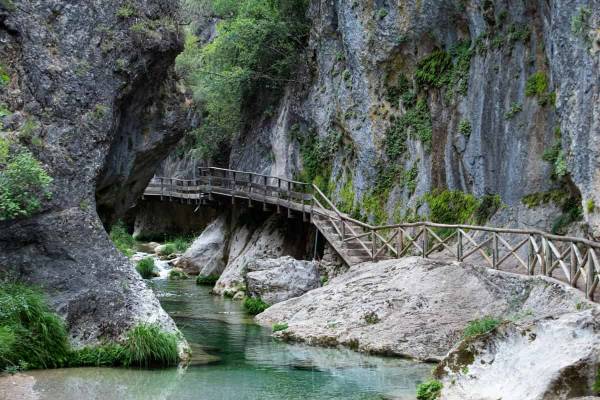
With an area of approximately 214,000 hectares, Sierra de Cazorla Natural Park is bigger than the entire Alicante Province being the largest protected stretch of countryside in Spain.
Rising 2107 m above sea level, Empanadas is the highest of several mountain peaks while two mythic rivers, the Guadalquivir and the Segura, are born within this extraordinary nature reserve.
Cazorla Town… and a little History
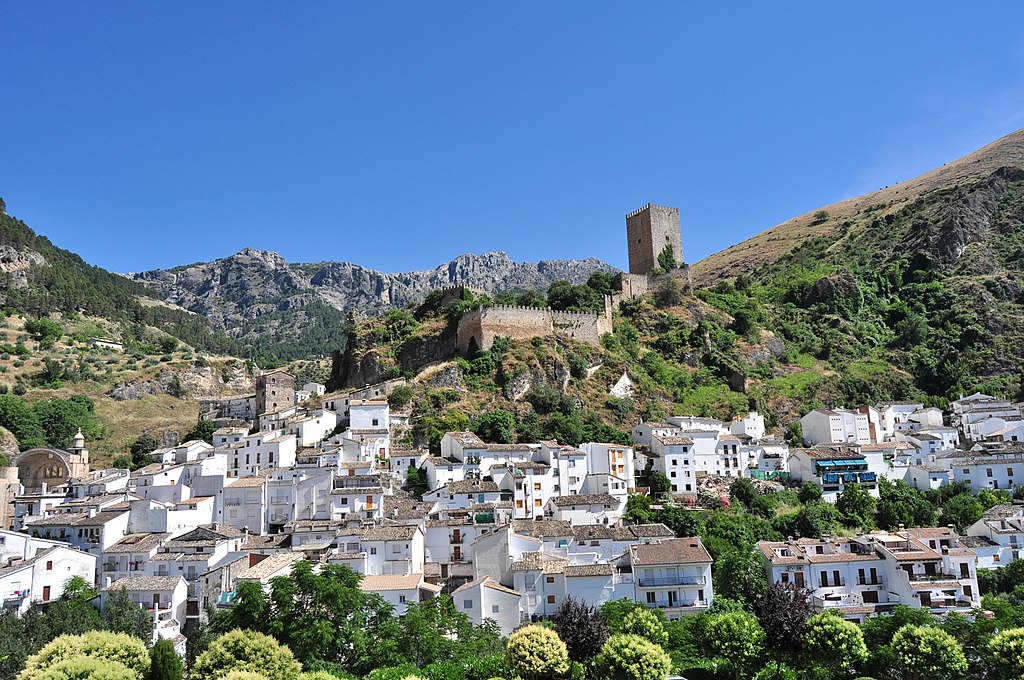
The rural town of Cazorla is situated between the vast fields of olive trees, so characteristic of Jaen, and the towering ridge of mountains that limit the edge of the Sierra de Cazorla. Typically Andalusian style, the white-washed house fronts are filled with flowering pot plants. Winding, and sometimes steep, narrow stone-paved streets lead into the busy town square lined with street cafés.
Quite by chance, the day we visited happened to be a local fiesta. Townspeople were dressed up in their Sunday best enjoying the parade; a flock of sheep with gaudy bows tied in their fleece, a couple of donkeys in fancy dress, a lively brass band followed by a group of people in traditional costumes. This was an authentic festivity, not a show put on for tourists, so I felt somewhat conspicuous trying to snatch photos with my camera.

Steeped in history, Cazorla can trace her roots back to Neolithic times with the discovery of rupestre cave paintings dating back to 4000-3000 BC in the nearby mountain pass of Puerto de Tiscar, nowadays a religious sanctuary visited by devout locals. From this vantage point I was fascinated to see the snow fields of Sierra Nevada Mountains far away, appearing like clouds on the skyline in the distant mountains towards Granada.
Remains exist from settlements from the era 2000 BC and a bronze age village, Loma de Bellota, dates to 1500 BC. Iberians settled in the Jaen province as far back as VIII AC. The Romans followed, cultivating the land and prospering from silver and lead mines in the surrounding mountains. Later the Moors descended from the Kingdom of Granada.
A fortified medieval Cazorla was eventually the victor of the Independence War when the patriotic heroism of the people fighting against the invader was rewarded by the Crown who bestowed the title of ‘City’ on the Villa in 1813. During the XIV and XVII centuries ornate churches and convents were built adding to the historical patrimony which you can see today.
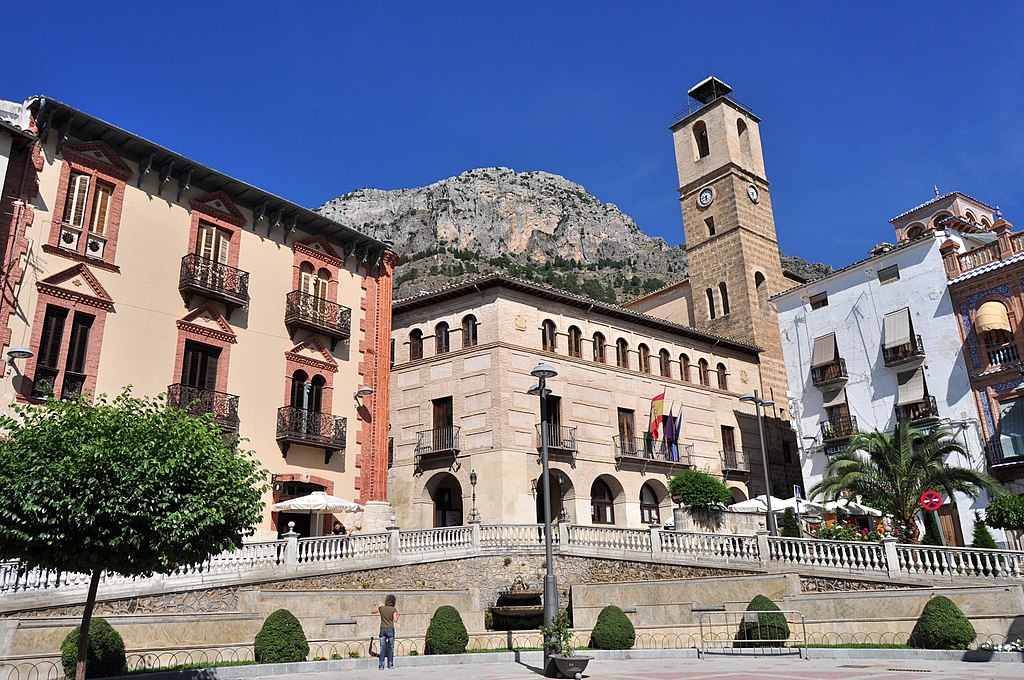
An interesting stroll through the lively streets brought us to the lovely Plaza de Santa Maria, a wide square lined with restaurants and terraces dotted with sunshades.
The unusual ruin of Santa Maria church dominates the far side, built over the river Cerezuelo it was damaged in 1694 by great floods and destroyed by fire during the Independence War.
Andalucia is known for its tapas, individual rations being served with each drink. So we enjoyed glasses of cold lager and were treated to a very large, grilled, delicious prawn, a dish of mixed seafood in vinegar dressing and side plate of cured hams.
Walking deeper into the old town there is a surprising view from Balcòn de Zabaleta across the river to Yedra Castle. Making our way there, the lanes were now quite steep but the effort was rewarded by fabulous views from the castle, and an interesting tour of the Alto Guadalquivir Museum housed in the tower.
Iruela Castle

Leaving Cazorla town, the road twists round and suddenly Iruela Castle comes into sight. Perching high on a rock above the intriguing village of Iruela, it was originally built by the Moors but fortified in the middle ages by the Templar Knights. Continuing our journey up the zig-zagging road which leads to the national park the views are once more spectacular, with olive trees spreading into the distance as far as the eye can see in every direction.
The Sierra de Cazorla majestically comes into sight on crossing the Puerto de Las Palomas, a mountain pass of 1565 metres above sea level. A mirador with space to park the car is the best vantage point to stop and contemplate the lush green valley, crisscrossed with streams, spread far below. Endless pine clad mountain ranges roll away into the horizon.
Arroyo Frio and Local Cuisine

Juan and I were staying near Arroyo Frio, a lively village in the Guadalquivir Valley obviously catering for excursionists with log cabin style lodgings, rustic apartments and camping sites. We enjoyed a superb dinner in restaurant Cazorla Valle, which has a typically wooden beamed ceiling, friendly service and serves excellent reasonably priced local food.
I had the most succulent, tender roast lamb I’ve ever tried while my husband ate morsels of young goat in garlic. Local trout is another local dish served with cured ham on a bed of onion. Game and boar are also available in some places, as are wild asparagus or wild mushrooms. Truffles can also be found in areas of the park. The regional cooking includes dishes made from locally grown tomatoes, red peppers, an assortment of spicy sausages, everything cooked with their famous beautifully flavoured olive oil.
Staying in Sierra de Cazorla
Santa Maria de la Sierra Rural Lodge is set in the heart of the natural park. Once a former convent it has been lovingly restored and tastefully decorated in charming rustic style.
Surrounded by woodland a path leads down from the terrace to the Guadalquivir, the greatest river in Andalucia. Here it appeared little more than a raging stream rushing through the undergrowth bringing cool, clear water down from the snowy mountain summits nearby.
Juan and I reached the hotel in the late afternoon sunshine, taking the sign-posted turning off the main valley road from Arroyo Frio. While driving down the tranquil lanes, quite suddenly, two small boars wandered out of the trees stopping to look at us before returning to the woods. Then to my surprise several deer scampered through a clearing but were gone before I could take a photo. The lodge was just round the corner where Miguel Angel, the proprietor met us and explained that the boars were used to being fed by visitors and not shy of people.
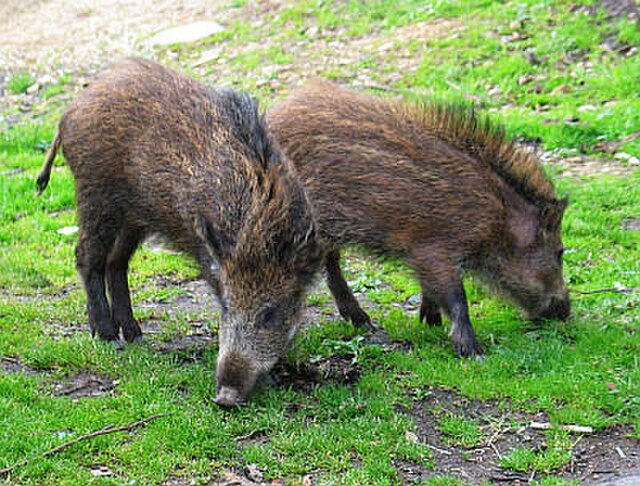
There was time before dark to enjoy a walk through the woodlands. Juan had noticed before that the grass seemed to be gouged in several places and commented that this was due to people looking for wild mushrooms or truffles.
Not having reason to doubt this I strode on until a rustling caught our attention. Tiny boars ran from the bushes not far away, something emitted a horrifying bellow so I didn’t stay around long enough to see how big the adults were.
What to Do in Sierra de Cazorla
A number of sports can be practised in Sierra de Cazorla such as horse riding, trekking, cycling, climbing, fishing, rafting down the river and canoeing on El Tranco reservoir. Visitors tend to hire jeeps to explore the endless mountain trails with guides to see the more remote areas, though many of the forests trails are accessible by car.
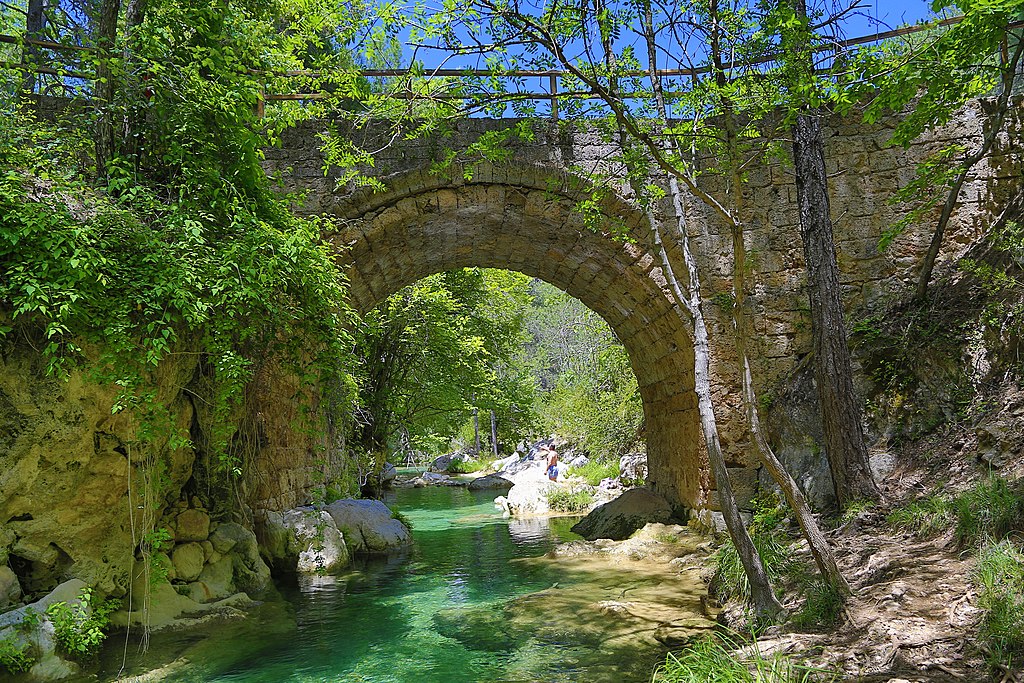
Not knowing where to start and only being here for the weekend we decided to drive part way, then walk the remaining kilometres to the Guadalquivir springs at the southern end of the park. Following the Guadalquivir river course I stopped at an ancient humpback bridge, Puente de las Herrerías, which according to legend was created overnight by knights of the realm. Nowadays, there are holiday camp sites and log cabins nearby hidden among the trees.
Walking in Sierra de Cazorla
It was a beautiful day leisurely walking up higher into the mountains, following the river up through the peaceful countryside and eventually coming to a cave where the water spurts out of the rock face. The stream actually flows from higher up passing through Cañadas de las Fuentes, a high grassy plain (1400 m) where snow could still be seen at the side of the track in springtime.

The trail doesn’t end here but carries on, in one direction, to El Chorro where a massive cliff face is a bird watchers paradise and, if lucky, hawks, snake buzzards and even feathered hawk eagles can be spotted. Making our way back the mountainsides seemed to gleam with the many rivulets, cascades and waterfalls of snow melting in the distant peaks. Once again deer could be glimpsed through the pines, though I never did get to see any of the otters that inhabit the riverbank.

Weary after our 25 kilometre walk I still had the energy to drag Juan round a scenic path that had been specially recommended. Classed as easy, stamina and sure footing were still needed to see the Cerrada del Utrero and Cascada de Linarejos.
Taking the left-hand path which borders a cliff top the impressive panorama of the Guadalquir Valley stretching for miles comes into sight. Following on round the circular route a massive waterfall appeared leading to the river once more.
For centuries hardy fearless men from the village of Beas de Segura worked by bringing logs down the river, to be later used in the coastal regions of Andalusia to build the first ships that sailed for the Americas. The dam is still here resulting in the lake that retained the logs up river.
Leaving the deafening noise of falling water behind, a succession of wooden railed stone steps brought us back to the start of the trail. Thankfully a cool drink was waiting for us at a climbing rose covered cafe terrace. Delicious locally grown olives marinated in wild herb were offered while we relaxed.
Convent Santa Maria de la Sierra (rural hotel)
Before regretfully leaving our peaceful hotel next morning, the proprietor allowed us to explore the former convent and explained a little of its history. The rural lodge Santa Maria de la Sierra is an original long, low two storey whitewashed building with gardens and swimming pool at the front, woodland backed terraces at the rear with the gentle sound of the river not far away. At the side of the lodge, luxurious log tree-houses make the perfect cute hideaway at the edge of the woods.
The hotel itself has two special suites each with fireplace on the ground floor, while up the wooden staircase there are another seven doubles room complete with sitting rooms. Twelve more double rooms can be reached from the outside presumably once the nuns cells, some with terraces, now beautifully restored. Entering the reception the feeling is that of a country house, stone floors, wooden ceilings and panels, pane glass and thriving potted plants. This leads to the large rustically decorated lounge where we’d spent a pleasant evening, through to the beautifully laid out dining-room, complete with a massive oil painting of Mother Superior. The staff, all locals, are extremely helpful, friendly and kind.
Museums and Nature Interpretation Centres
Following the valley road northwards, the Torre del Vinagre information centre is an interesting place to stop. It has a layout of the entire area, hunting museum (Cazorla means hunting ground) and photographs of flora and fauna. Just down the road is the Freshwater Fish Centre, from here a walk of some 14 kilometres takes you through some of the most spectacular scenery following the river Borosa, snaking its way down a narrow gorge between waterfalls to the lakes of Lagunas de Aguas Negras.
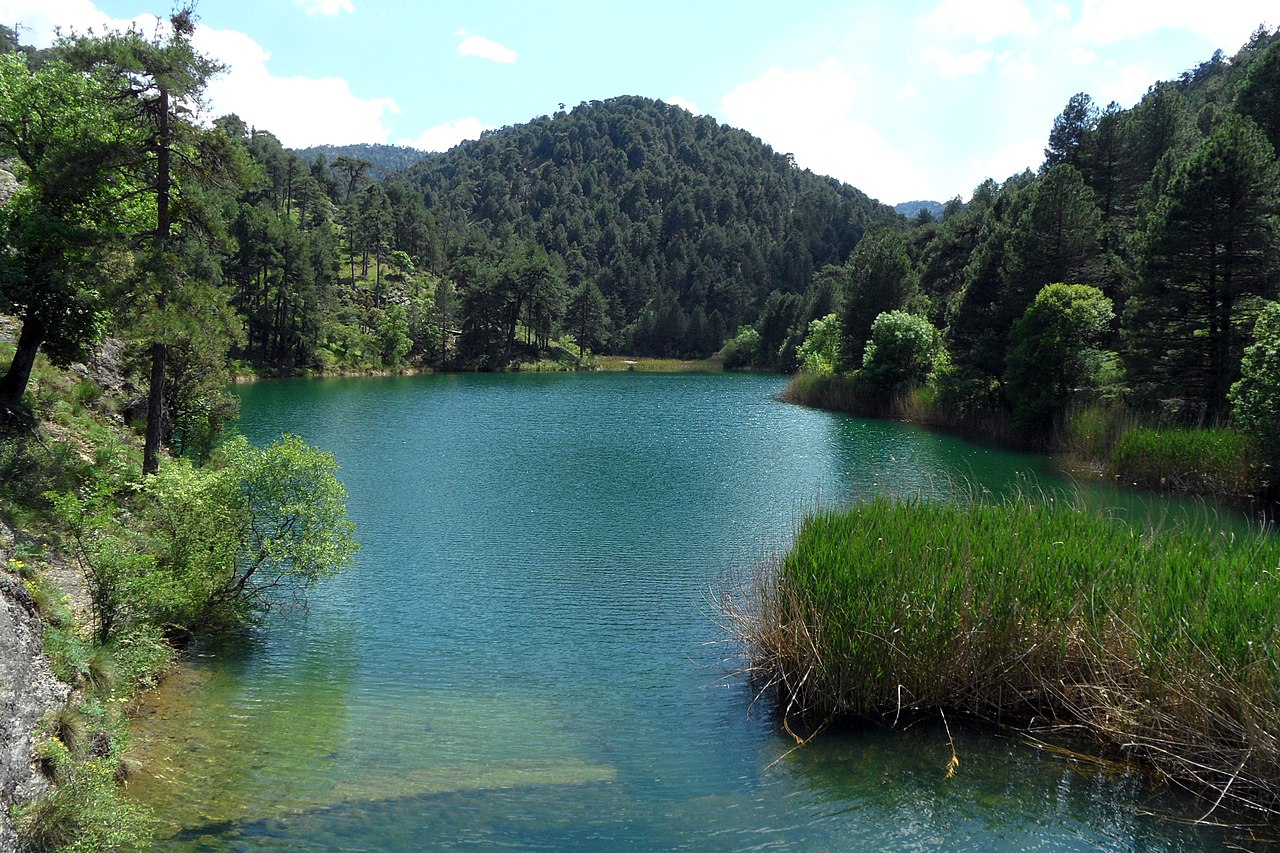
The Parque Cinegetíco situated at the southern end of El Tranco reservoir is a wildlife sanctuary, where climbing to a series of vantage points the forest game can be observed living in the semi-wild. The best time to visit is early morning or late afternoon when the animals come out to drink.
Tranco de Beas Reservoir
The Embalse de Tranco de Beas is the heart of the park. To the south lies the Sierra de Cazorla, to the west the Sierra de Las Villas and to the east the Sierra de Segura, where the Segura springs give rise to the largest river in Murcia. This is one of the biggest reservoirs in Andalucia holding over 500 million cubic metres of water.

Driving along the shores we stopped at the Mirador de Rodriguez de la Fuente, a vantage point named after the well known Spanish wildlife documentary photographer. The views over the waters to the Cabeza La Vila island are pretty spectacular.
The road passes over the surprisingly small narrow dam at El Tranco and continues to the north, where the village of Hornos de Segura sits atop a rocky pinnacle commanding the best panoramic views imaginable, over the valley and vast reservoir. Well worth visiting, this walled ancient village has a castle, dating from 1239, at the highest point and has seen many battles during its long history.
We finally left the park by Puerta de Segura, making our way home with the firm intention of coming back very soon to explore more of this incredible natural park, the Sierras de Cazorla, Segura y Las Villas.
Useful Information For Seeing Cazorla
How to get to Cazorla Natural Park
From Albacete: N-332 to Puente Génave, A319 to Cortijos Nuevos;
From Granada: A-92 to Baza, C-323 to Quesada, J-7104 to Cazorla.
Related Posts: Places to See in Andalusia
Ultimate Granada Guide – What to See in 3 Days
Visiting Spain and only 2 or 3 days to see Granada?
Our ultimate Granada guide explains how to see the historical city sites, and the top things to see and do.
Alhambra Palace and Gardens / 3 days in Granada (Part Two)
The Alhambra Palace and Gardens are one of the major tourist attractions in the world, it’s a monumental UNESCO World Heritage Site and considered the 8th wonder of the world.
There are lots of exciting things to do in Sierra Nevada (Spain).
See the whitewashed villages, walk the high trails or ski across the mountains of Granada…
25 Reasons to Visit Córdoba World Heritage City
Córdoba historic centre is a UNESCO World Heritage City in Southern Spain. Here’s our choice of 25 sites to see and the top things to do when you visit Córdoba.
Discover Córdoba, the Spanish city with a 1000 ancient archways and a famous Cathedral Mosque. Here’s our rough guide of what to see in 1 day! Córdoba sits beside the River Guadalquivir in the heart of Andalucía…
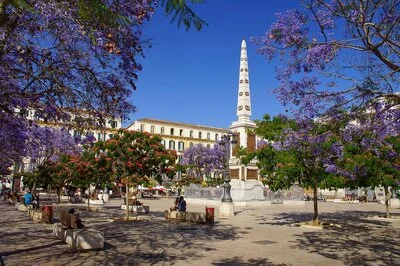
A complete guide to Málaga and places nearby. There are so many things to do in Málaga, lots of history, great food and beaches. Explore Málaga – sun, sea and history on Spain’s Costa del Sol.
Seeing the Sun Set over Seville
Our guide to seeing the sights of Seville in 2 days. We arrived in Seville late afternoon, just in time to see the sun set over Seville skyline, the famous Giralda tower and a dozen church spires backlit by the blazing orange sky.
See Mojácar and Cabo de Gata (Almería)
From the white Moorish village in the hills of Almería, the sunlit view to the shimmering beaches of Mojácar, and Cabo de Gata nature park, is one of the most extraordinary sights in Spain.
Discover the World with![]() the blog with a focus on independent travel
the blog with a focus on independent travel




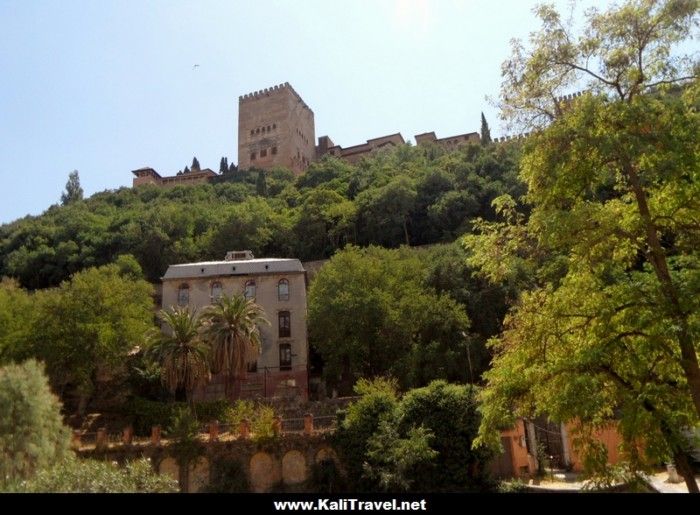
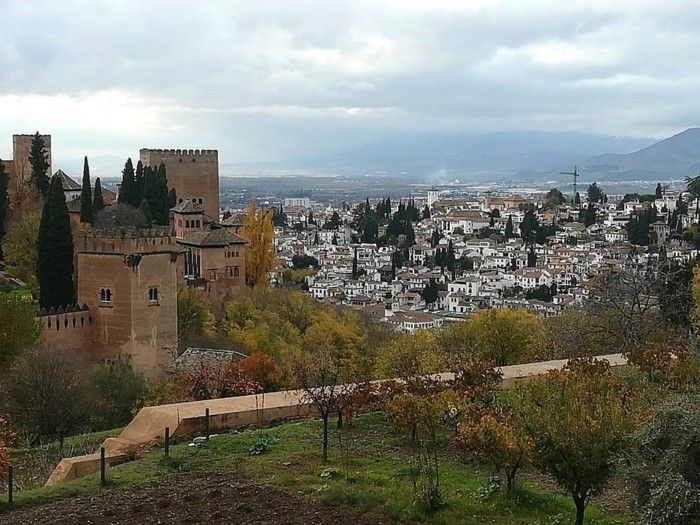
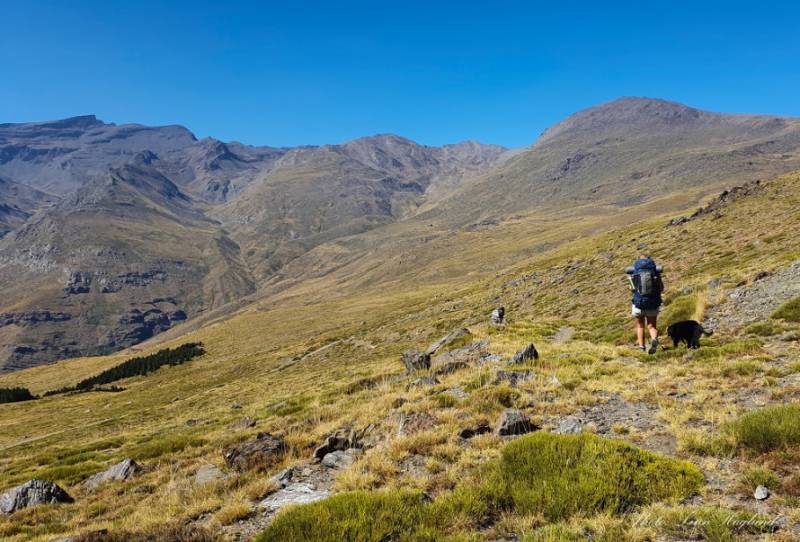
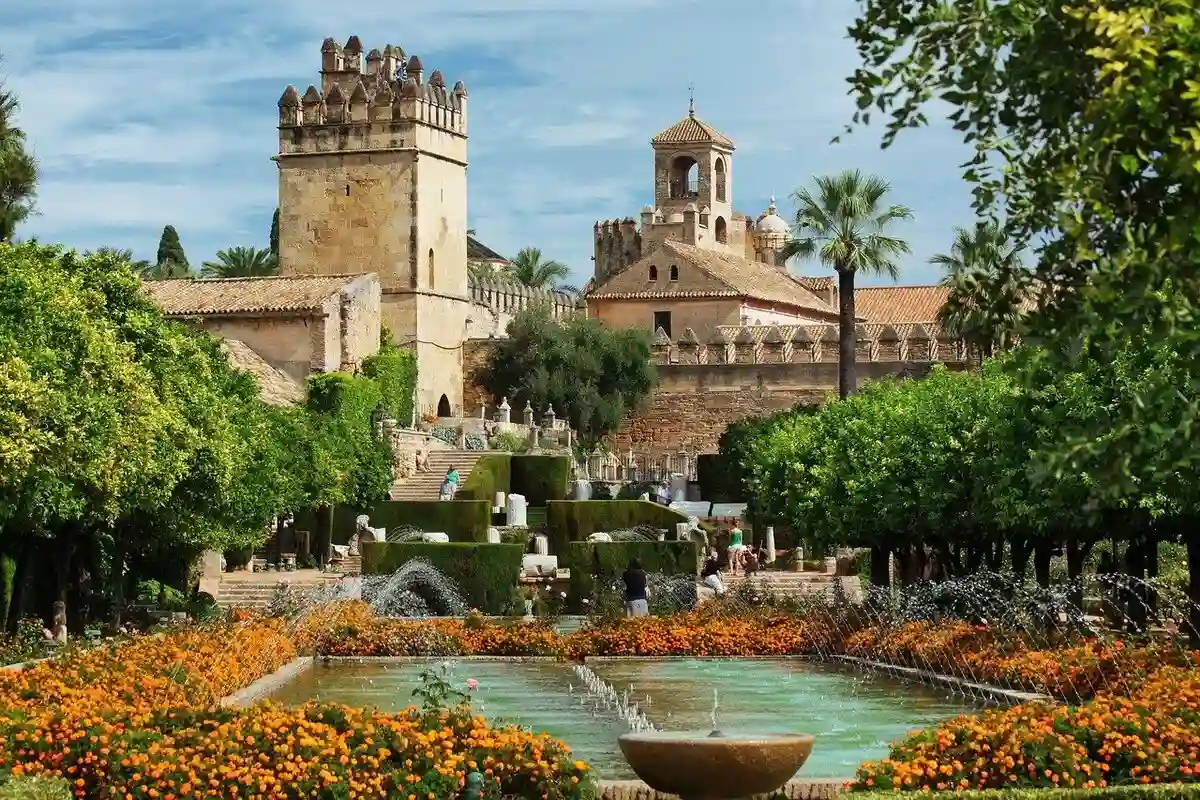
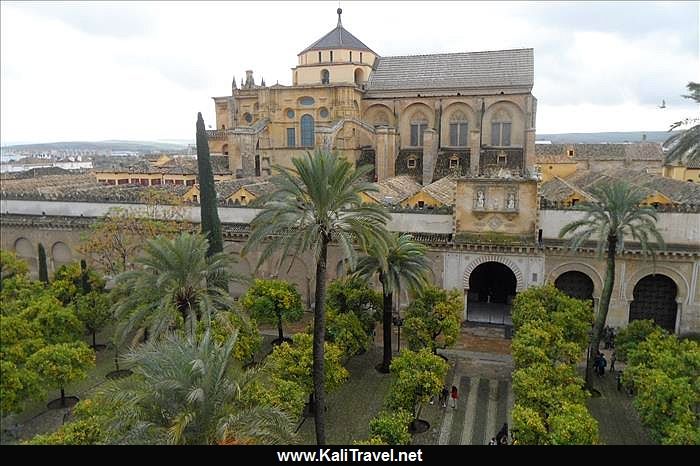
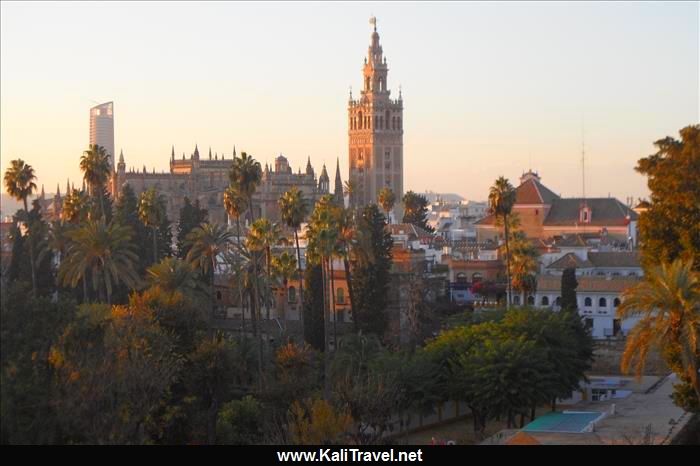

So many charming and stunning things to do in Sierra de Cazorla National Park. I’ve now got another place to visit when I return to Spain.
Looks stunning and so spectacular. People who only visit the costas of Andalucia are missing out big time! I love the countryside around Granada although I’ve never been to Cazorla. The convent hotel looks beautiful.
Mountains that sound like pastry, ancient history, beautiful villages, hill top castles, and plenty of good food, count me in. I had never heard of this national park, despite it being the biggest in Spain. I guess the slightly higher mountains in the Sierra Nevada nearby distract from this lovely national park. How cool you can see the snow topped peaks from Cazorla.
Muchas gracias for this wonderful post! The last time I was in Jaen, I was hording bottles of olive oil. I cannot wait to explore more of the area specially Cazorla! Such stunning Andalusian landscape ;-) #flyingbaguette
I love learning about national parks in different countries and this one is a stunner!! I’m also so fascinated by Iruela Castle. The construction looks incredible and it’s history sounds so interesting. Great post!
I love how wild Spanish national parks can be. Even though those boars were far from that. It must have been a magical moment to see them there.
I just recently saw aerial views of Cazorla on the cycling event La Vuelta. I’m so happy you posted this because I want to know more about Spain and especially it’s national parks. It’s always amazing to learn about these little villages that have been around for several thousands of years. I would love to go hiking and see these wonderful waterfalls and wildlife spots.
So interesting to learn about National Parks outside the US! The photos are beautiful -Zanne, WhereGalsWander